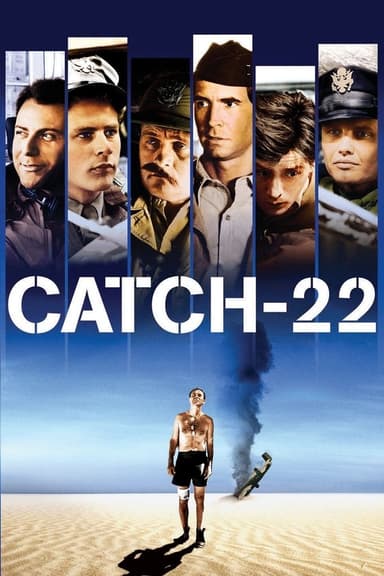
Guns at Batasi
1964 • Drama, War • NR
An anachronistic martinet RSM on a remote Colonial African army caught in a local coup d'etat must use his experience to defend those in his care.
Runtime: 1h 43m
Why you should read the novel
Immerse yourself in Robert Holles’ gripping novel, 'The Siege of Battersea,' and experience the raw, psychological tension of a military standoff from a literary vantage point. The prose delves deeply into the interior worlds of both soldiers and officers, giving a nuanced portrayal rarely captured on screen. Through vivid exposition and powerful dialogue, readers are drawn into morally complex situations, challenging assumptions and provoking thought beyond mere surface drama.
The novel’s setting brings to life a shifting, post-colonial Africa with evocative detail, painting social and political transformations that influence and unsettle the characters. Unlike the film adaptation, the book’s nuanced narrative provides insight into local perspectives, not just the regimented views of British soldiers, heightening the moral and emotional stakes.
By reading the book, you gain access to the unspoken fears, doubts, and resilience within the garrison. Holles' writing offers an unvarnished contemplation of empire, identity, and the burdens of command. This depth rewards the curious reader with a reflection on history, loyalty, and human frailty unavailable in the streamlined story of the movie.
Adaptation differences
One major difference between the novel and the film adaptation is the treatment of African perspectives and characters. In the book, Holles fleshes out local characters, granting them authentic voices and agency within the unfolding crisis. The film, however, primarily centers the British officers and NCOs, often relegating African roles to the periphery, thus narrowing the scope of the narrative’s commentary on colonialism and independence.
Another key divergence lies in the depth of character backstories and motivations. The novel offers a closer examination of the psychological states and personal histories of its main figures, particularly the simmering ambitions and hidden insecurities that drive their actions. By contrast, the film condenses or omits several of these inner struggles, focusing instead on surface-level tensions and direct conflict to fit its runtime.
Holles’ novel explores themes of empire, politics, and shifting loyalties with more nuance and ambiguity than the movie adaptation. The book challenges the reader with moral dilemmas and ambiguity throughout the siege, forcing contemplation on the costs of duty and the ambiguities of “right” action. The film, on the other hand, tends to cast choices in starker, more heroic or tragic terms, reinforcing familiar tropes rather than exploring subtlety.
Finally, the conclusion of the story is treated differently in each medium. The book’s ending is more ambiguous, leaving several emotional and political questions unresolved, which encourages reflection. In contrast, the cinematic ending is more definitive and dramatic, tailored to audience expectations for resolution and catharsis, potentially sacrificing the lingering sense of uncertainty that makes the novel especially thought-provoking.
Guns at Batasi inspired from
The Siege of Battersea
by Robert Holles








